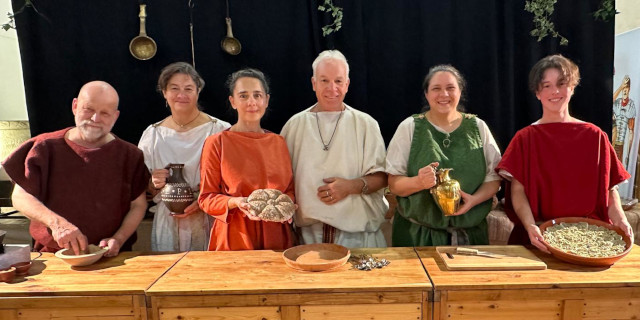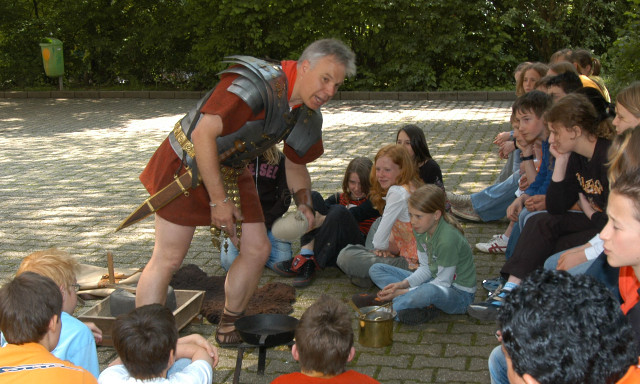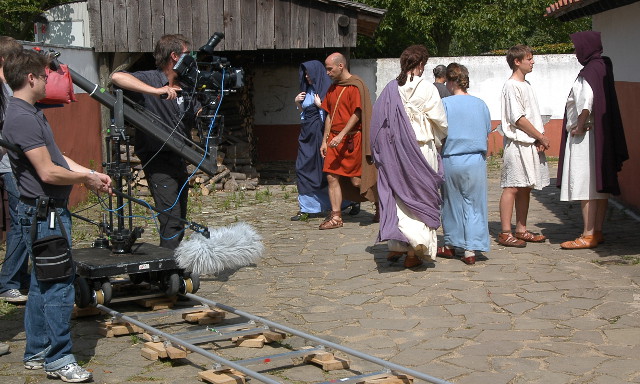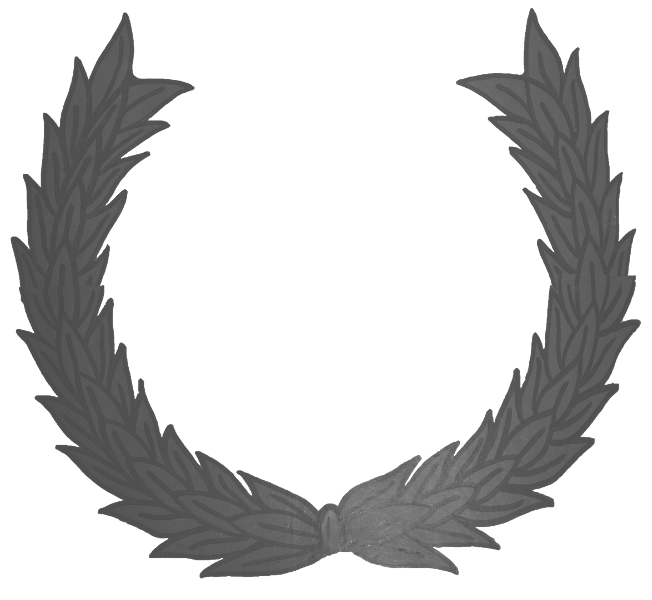Aktuelles aus dem Verein

Mit zwei Veranstaltungen zur römischen Küche haben wir die Saison 2025 beendet und ziehen uns ins Winterquartier zurück.

Mit zahlreichen Gästen haben wir im Juni 2024 auf der Villa Borg unser 40jähriges Vereinsjubiläum gefeiert.
Das bietet Ihnen die Cohorte
Die I. ROEMERCOHORTE OPLADEN e.V. ist ein historischer Verein, der es sich zur Aufgabe gemacht hat, die Ausrüstung, die Lebensumstände und den Alltag des römischen Militärs und seines zivilen Umfeldes hypothetisch zu rekonstruieren und so authentisch wie möglich praktisch nachzuvollziehen. Dies geschieht seit über 40 Jahren durch die Rekonstruktion kleiner und großer Gegenstände des römischen Alltags und erfolgt in enger Zusammenarbeit mit archäologischen Museen, bei denen die Ergebnisse der Arbeiten einem breiten Publikum anschaulich präsentiert werden.
Informatives auf einen Blick




Aktiv mitmachen
Unser Rekrutierungsbüro sucht jederzeit einsatzfreudige und begeisterungsfähige Römer und Provinzbewohner für militärische und zivile Aufgaben.




Hilfstruppen
Ob Grenzposten, Späher oder Transportmission: Hilfstruppen waren ein unverzichtbarer Bestandteil der römischen Armee.




Spiele
Der fallende Würfel ist sprichwörtlich für das antike Rom, aber auch andere Spiele waren bei Jung und Alt beliebt.





